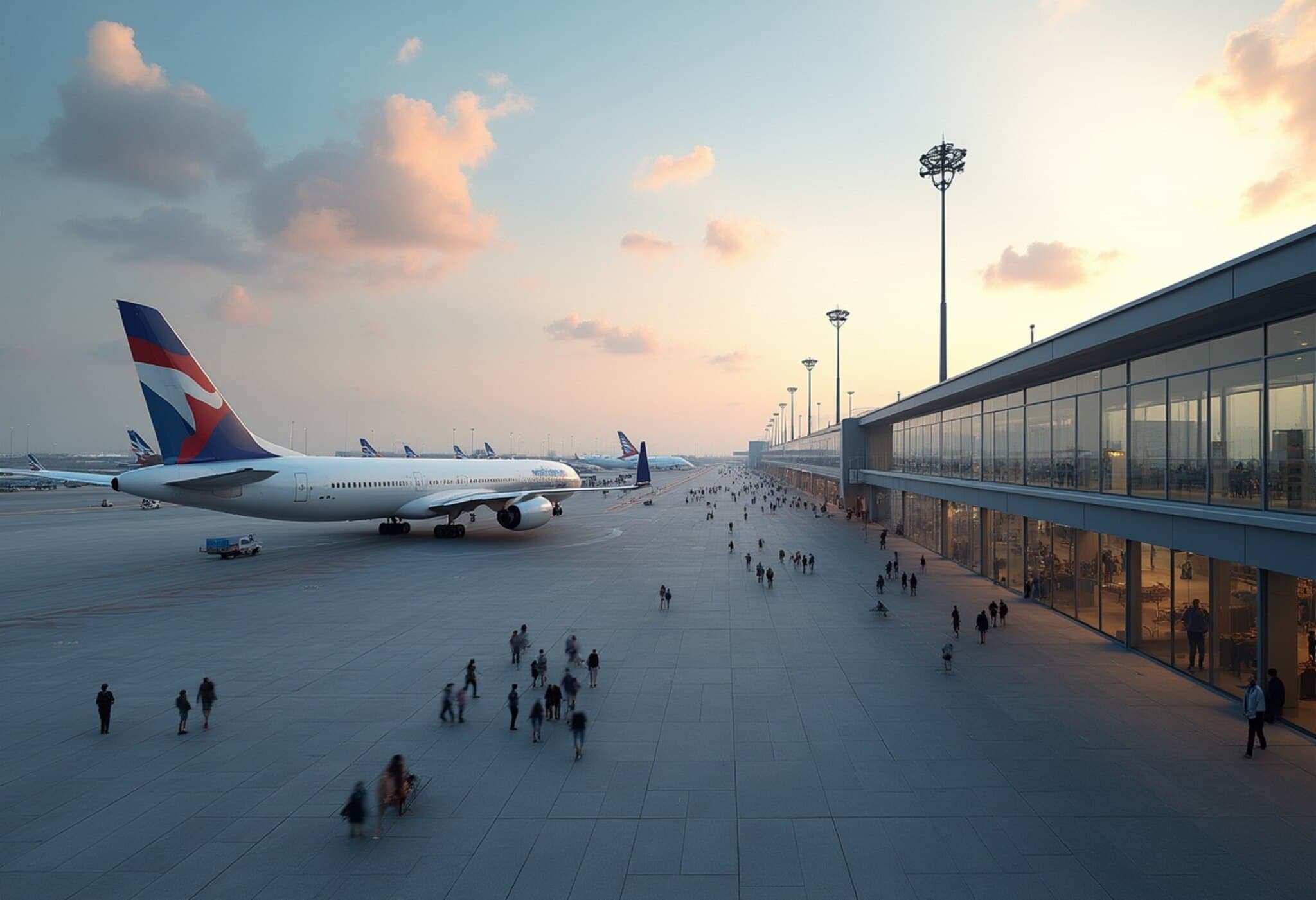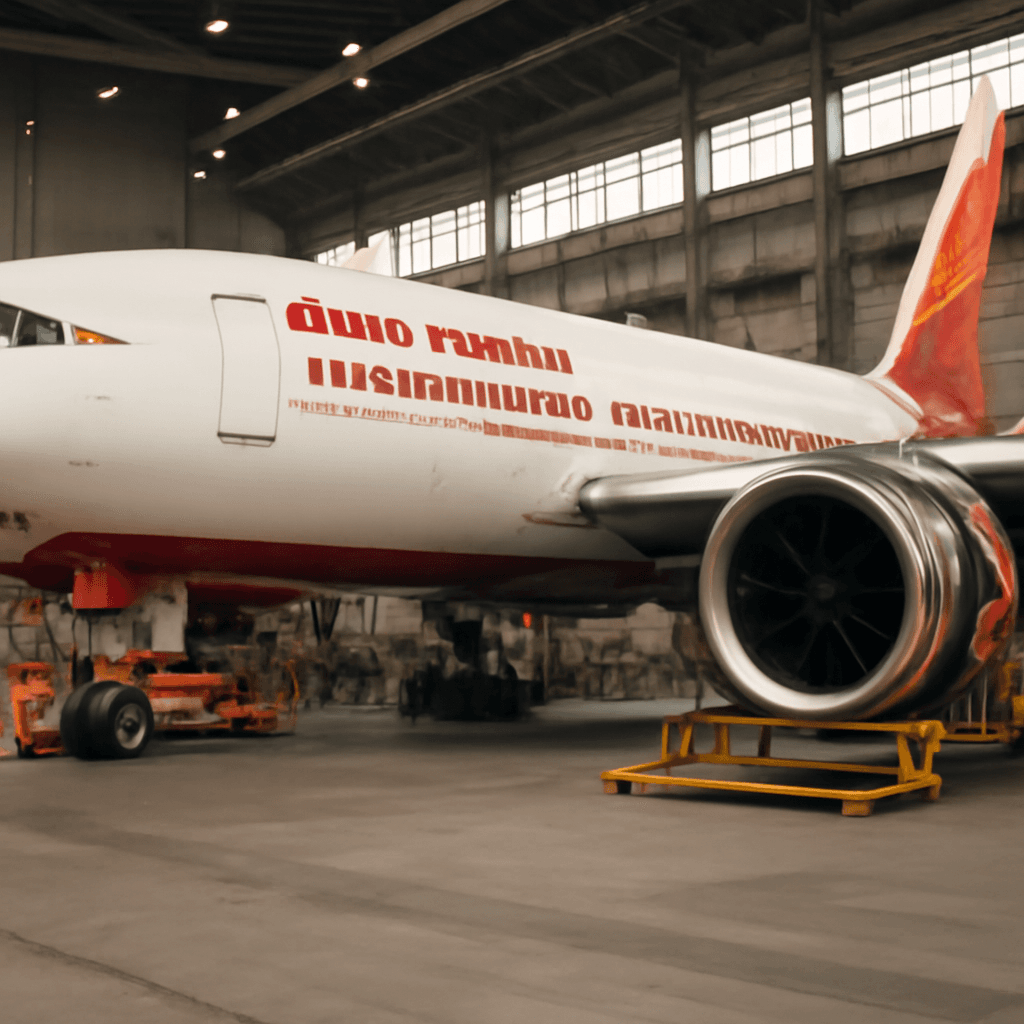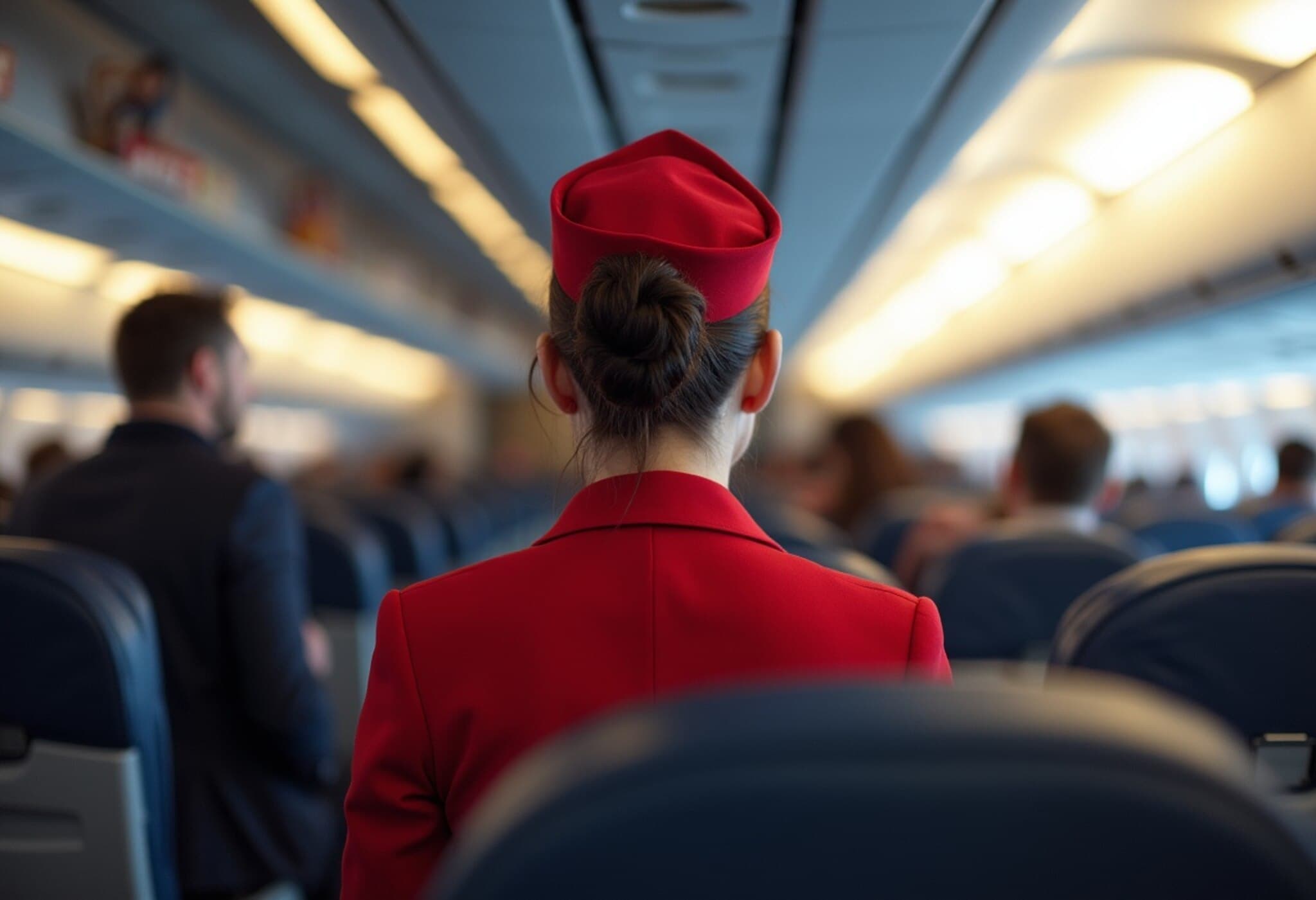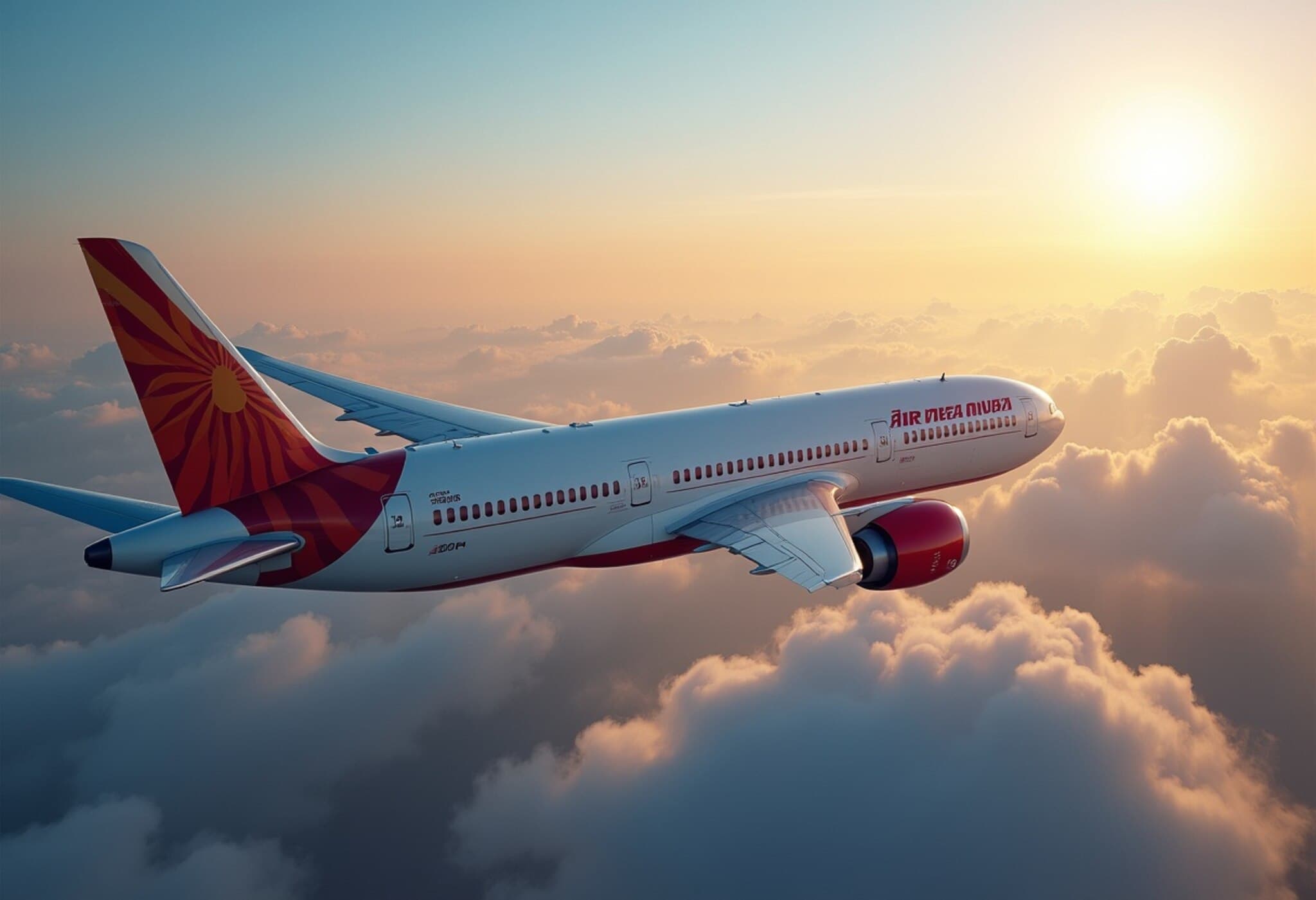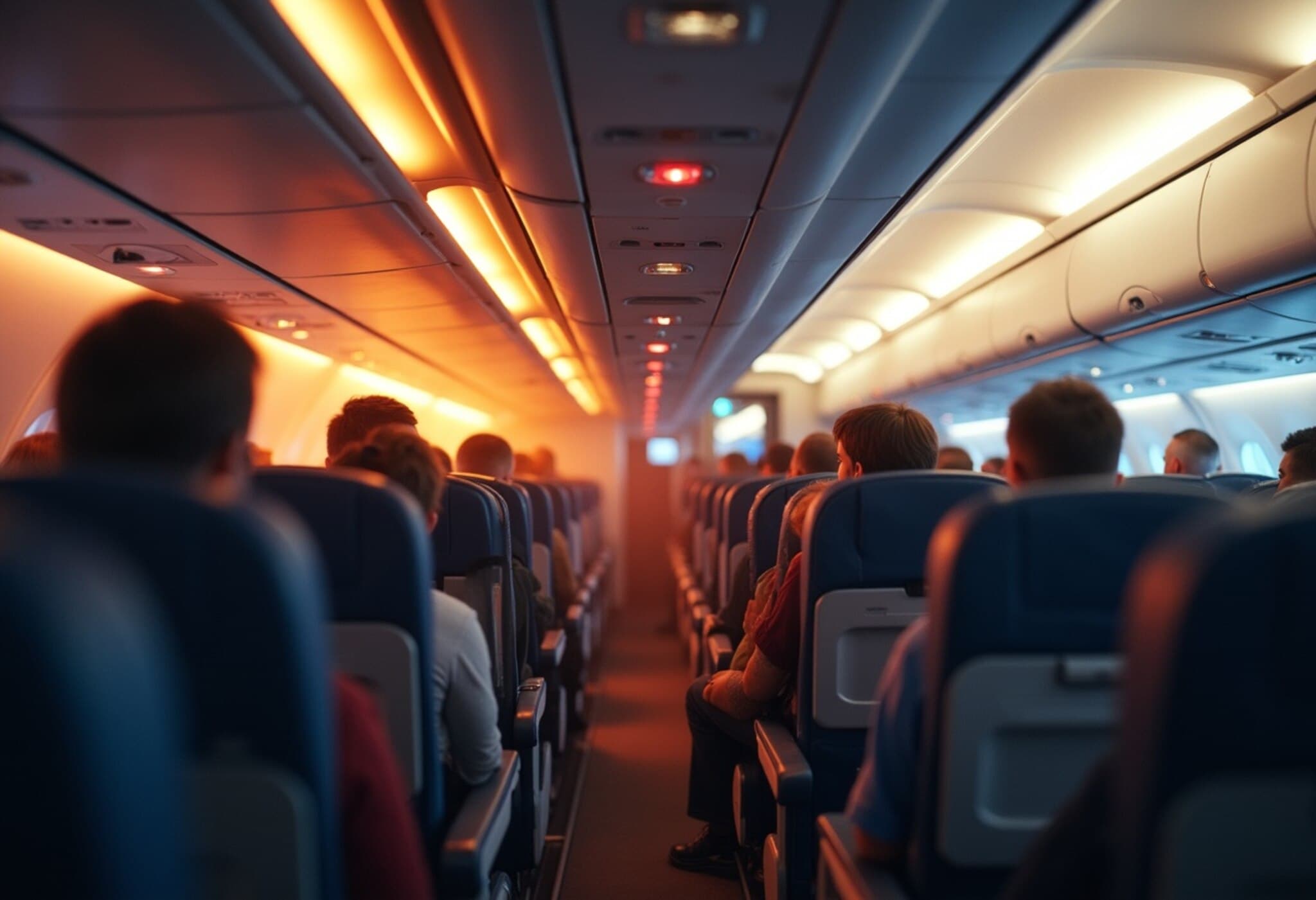American Airlines Announces New Summer 2026 Routes to Europe and South America
American Airlines is gearing up for a robust summer 2026 schedule by adding new seasonal flights to several key international destinations, signaling optimism for continued growth in global travel demand. The airline revealed plans to restore and introduce routes to popular cities such as Budapest, Prague, and Buenos Aires, alongside fresh service to Athens and year-round flights to Milan.
Reviving Pre-Pandemic Favorites and New Destinations
After a significant disruption caused by the Covid-19 pandemic, which forced airlines worldwide to scale back or suspend many routes, American Airlines is strategically reintroducing its presence in European and South American markets. Among the highlights is the return to Prague and Budapest from American's Philadelphia International Airport hub, a move designed to capitalize on growing interest in Central Europe, particularly for travelers seeking Danube River cruises and cultural tours between these cities.
Equally noteworthy is the debut of nonstop flights from Dallas Fort Worth International Airport (DFW) to Athens, a fresh addition responding to rising demand for Greek destinations. Additionally, Miami will see year-round nonstop flights to Milan, reinforcing American's commitment to strengthening its European network.
World Cup-Focused Routes to Support Sports Tourism
Leveraging the 2026 FIFA World Cup hosted across Canada, the United States, and Mexico, American Airlines is launching temporary seasonal flights to support the influx of fans and business travelers. This includes routes from Buenos Aires to Dallas and from Dallas to Zurich—the city that houses FIFA’s headquarters. These flights will operate from May 21 through August 4, providing essential connectivity for South American fans making the journey for the tournament.
Brian Znotins, American’s Senior Vice President of Network and Schedule Planning, explained to CNBC that the airline witnessed substantial traffic from Argentina during the 2022 World Cup in Qatar, and expects even higher demand for the upcoming event. "We’re anticipating a significant surge in travelers from Argentina and across the Americas attending the 2026 World Cup," Znotins said. "Preparing our network to meet this demand reflects our strategic foresight and customer-first approach."
Strategic Focus on U.S. Hubs and Evolving Travel Patterns
American Airlines is increasingly emphasizing U.S. hub connectivity, particularly through Dallas and Charlotte, North Carolina. Rather than simply resuming pre-pandemic schedules, the airline has conducted a comprehensive market analysis to identify demand hotspots, emphasizing evolving traveler preferences.
"We’ve redesigned our network based on today’s realities—not just to revert to the 2019 model," Znotins noted. The expansion into Italy, Greece, and Central Europe reflects a sophisticated understanding of where transatlantic passengers want to connect and explore.
Fleet and Operational Details
The airline plans to operate most of its new international flights using the fuel-efficient Boeing 787-8 Dreamliners, delivering enhanced passenger comfort and operational efficiency. The Zurich-Dallas route will utilize the larger Boeing 777-200 aircraft, aligning capacity with projected demand during the World Cup period.
Economic and Industry Context
American’s moves come amid a mixed financial backdrop; the airline reported a 6.4% decline in unit revenue for domestic flights compared with 2024, yet transatlantic revenues rose by 5%. This contrast highlights the promising recovery potential of international travel markets, especially for transatlantic and South American routes.
Looking ahead, American Airlines’ proactive route planning demonstrates a keen grasp of shifting travel behaviors, global events, and the rising importance of premium international leisure and sports travel.
Editor’s Note
American Airlines’ evolving summer 2026 flight schedule reflects more than a simple restoration of routes—it highlights the dynamic nature of global travel post-pandemic. With strategic hub connectivity and a focus on high-demand cultural and sporting events, the airline positions itself as a key player in the international recovery. Readers might consider: how will these route changes influence broader airline competition and traveler choices? And what does this mean for airport hubs like Dallas and Philadelphia as global gateways evolve?


